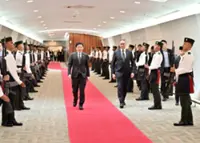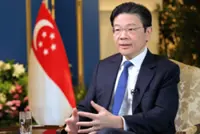Wong crafts leather items like wallets, handbags, and belts. She is defying norms in a field traditionally dominated by men. Photos: Ann Wong
Ann Wong has been challenging gender norms since she was a young schoolgirl.
Wong grew up in her father’s tannery in Port Klang, Selangor, and used to help out in her dad’s factory from the time she was in primary school.





